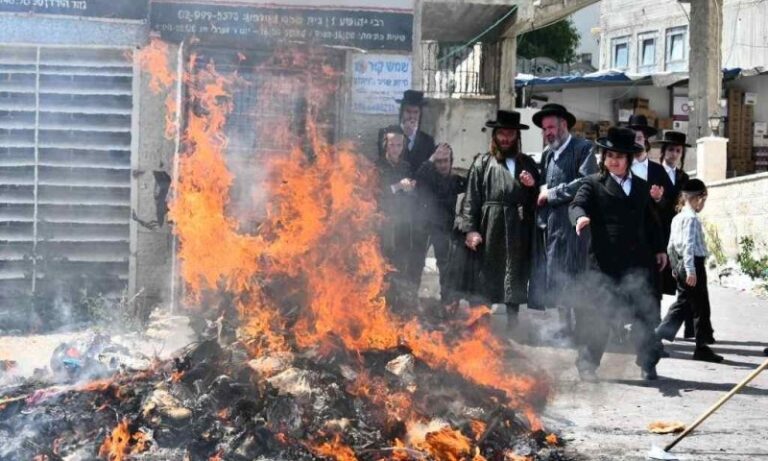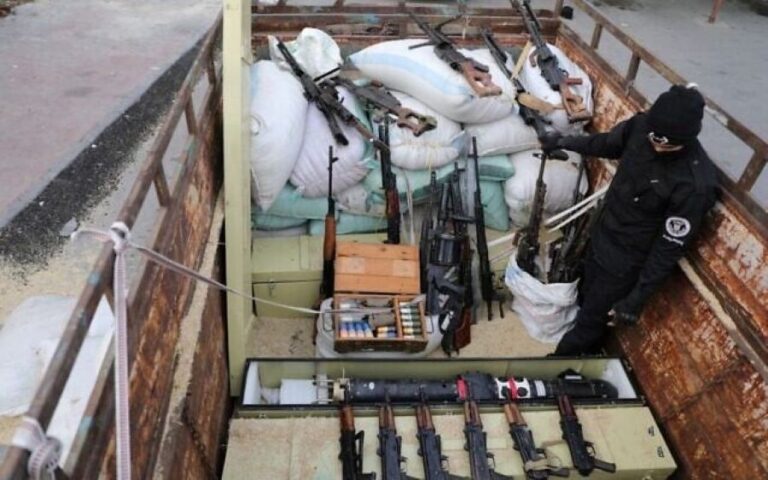 The New York City Office of Emergency Management today issued a weather alert for dangerously cold temperatures Friday night, followed by a wintry mix of snow, sleet, freezing rain and rain Saturday through Sunday, February 22, 2015. Temperatures Friday night will be dangerously cold with lows around 10 degrees and wind chills near 5 degrees. High temperatures Saturday are expected to be around 32 degrees, with wind chills between zero and 10 degrees. Light snow will begin late Saturday morning and become heavier throughout the day, with the heaviest snow expected between 4:00 PM and 7:00PM Saturday. Snow will transition to a wintry mix of sleet and freezing rain Saturday evening into Sunday morning. As temperatures increase, the freezing rain will transition to rain by daybreak Sunday, and will taper off by mid-Sunday afternoon. High temperatures Sunday are expected to be around 40 degrees, with wind chills between 20 and 25 degrees. A total of 2- 4 inches of snow and one-tenth of an inch of ice is expected with this event. New Yorkers are asked to exercise caution during the period of extreme cold weather, and be prepared for slippery conditions, as freezing rain could cause for icy conditions Sunday.
The New York City Office of Emergency Management today issued a weather alert for dangerously cold temperatures Friday night, followed by a wintry mix of snow, sleet, freezing rain and rain Saturday through Sunday, February 22, 2015. Temperatures Friday night will be dangerously cold with lows around 10 degrees and wind chills near 5 degrees. High temperatures Saturday are expected to be around 32 degrees, with wind chills between zero and 10 degrees. Light snow will begin late Saturday morning and become heavier throughout the day, with the heaviest snow expected between 4:00 PM and 7:00PM Saturday. Snow will transition to a wintry mix of sleet and freezing rain Saturday evening into Sunday morning. As temperatures increase, the freezing rain will transition to rain by daybreak Sunday, and will taper off by mid-Sunday afternoon. High temperatures Sunday are expected to be around 40 degrees, with wind chills between 20 and 25 degrees. A total of 2- 4 inches of snow and one-tenth of an inch of ice is expected with this event. New Yorkers are asked to exercise caution during the period of extreme cold weather, and be prepared for slippery conditions, as freezing rain could cause for icy conditions Sunday.
Treating Roadways and Snow Preparation
The NYC Department of Sanitation has issued a snow alert for Saturday, February 21, 2015 and is pre-deploying 424 salt spreaders across the five boroughs to treat arterial highways, bus routes, school streets, hilly roads, etc. In addition, DSNY will have 1600 plows available in anticipation of any plowing needs (more than 2 inches of accumulation). Sanitation workers will be assigned to two 12-hour shifts.
The Department of Transportation will deploy anti-icing units to each of the East River bridges and is pre-treating pedestrian overpasses and step streets.
Parking
Alternate Side Parking rules are suspended Friday, February 20 and Saturday, February 21. Parking meters remain in effect throughout the city.
Cold Weather Safety
New Yorkers are advised to check on their neighbors, friends, and relatives ― especially the elderly and those with disabilities and access and functional needs. People most likely to be exposed to dangerous cold include those who lack shelter, work outdoors and/or live in homes with malfunctioning or inadequate heat. Seniors, infants, people with chronic cardiovascular or lung conditions, people using alcohol or drugs and people with cognitive impairments such as from dementia, serious mental illness or developmental disability are at increased risk.
Safety Tips
New Yorkers are also encouraged to take the following precautions:
· Stay indoors as much as possible.
· Prolonged exposure to extreme cold weather can be dangerous. If you suspect a person is suffering from frostbite or hypothermia, call 911 to get medical help. While waiting for assistance, help the person by getting them to a warm place if possible, removing any damp clothing and covering them with warm blankets.
· When outdoors, wear warm clothing and cover exposed skin. Use multiple layers to maintain warmth.
Wear a hat, hood, or scarf, as most heat is lost through the head.
Keep fingertips, earlobes, and noses covered if you go outside.
· Keep clothing dry; if a layer becomes wet, remove it.
· Wear sturdy boots that provide traction to reduce slipping. Use handrails when using stairs.
Exercise caution and avoid slippery surfaces; some ice may not be visible.
Have heightened awareness of cars, particularly when approaching or crossing intersections.
Seniors should take extra care outdoors to avoid slips and falls from icy conditions.
· Shivering is an important first sign that the body is losing heat. Shivering is a signal to return indoors.
· Drinking alcohol may make you think you feel warmer but actually increases your chances of hypothermia and frostbite.
· Cold weather puts an extra strain on the heart. If you have heart disease or high blood pressure, follow your doctor’s advice about shoveling snow or performing other hard work in the cold. Remember, your body is already working hard just to stay want, so don’t overdo it.
· Workers in construction and utilities, and others who spend a lot of time outdoors are at risk for cold-related disorders. Employers should implement safe work practices, provide appropriate protective equipment, and train workers on health effects of cold weather, proper prevention techniques, and treatment of cold-related disorders.
For Motorists
Drive slowly. Posted speed limits are for ideal weather conditions. Vehicles take longer to stop on snow and ice than on dry pavement.
Use major streets or highways for travel whenever possible; these roadways will be cleared first.
Four-wheel drive vehicles may make it easier to drive on snow-covered roads, but they do not stop quicker than other vehicles.
Keep the name and phone number of at least one local towing service in your car in case you break down or become stuck in snow.
If you get stuck on the road, stay with your car and contact a towing company.
Heating Tips
· Report any loss of heat or hot water to property managers immediately, and call 311.
· Never use a gas stove to heat your home. Carbon Monoxide is colorless and odorless and overtime will build-up in your blood causing symptoms that can easily be mistaken for the flu – headaches, fatigue, nausea and drowsiness. Sometimes your pets will show symptoms first. If more than one person in your family is showing symptoms, call 911.
· Never use a kerosene or propane space heater, charcoal or gas grill, or generator indoors or near the home.
· Electric space heaters are the only kind of space heater legal in New York City and should turn off automatically when tipped over, and should be kept far from combustible and flammable objects, as well as water.
(YWN Desk – NYC)










